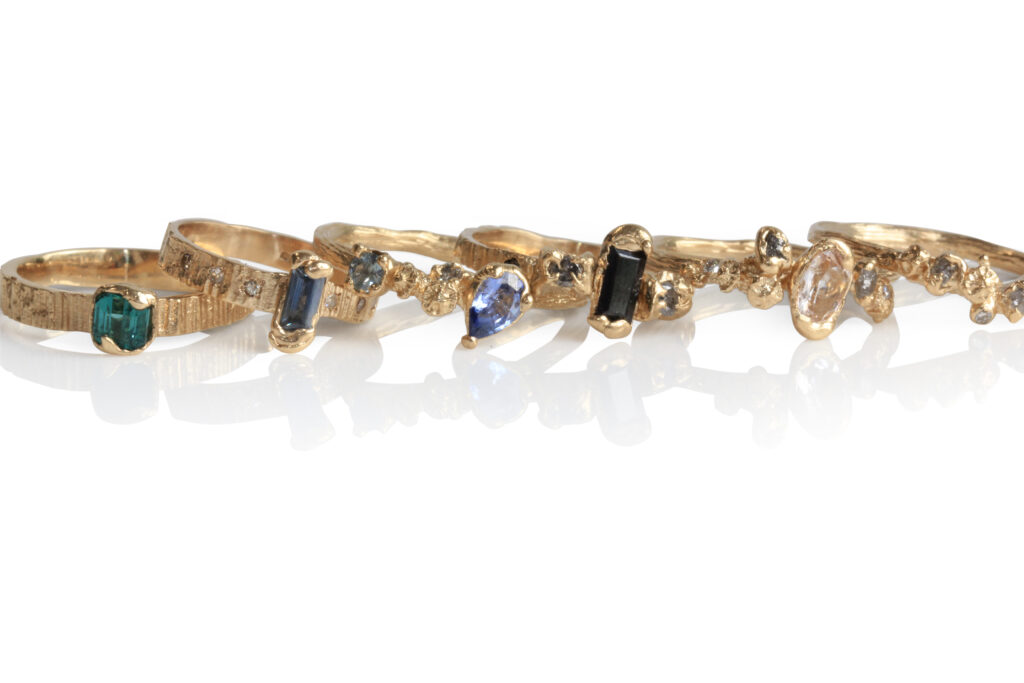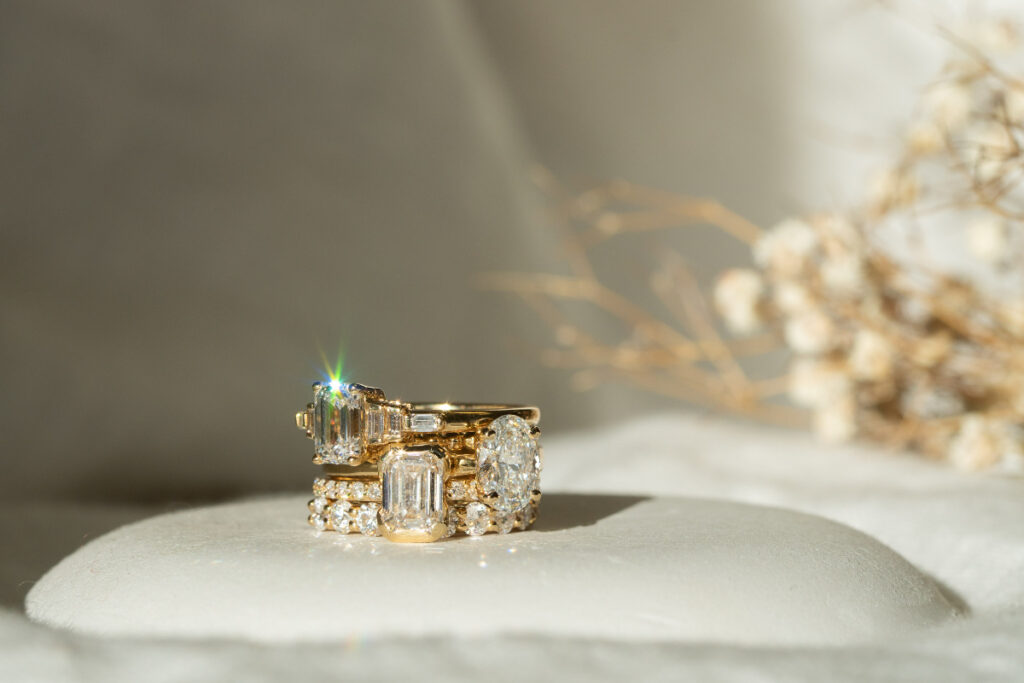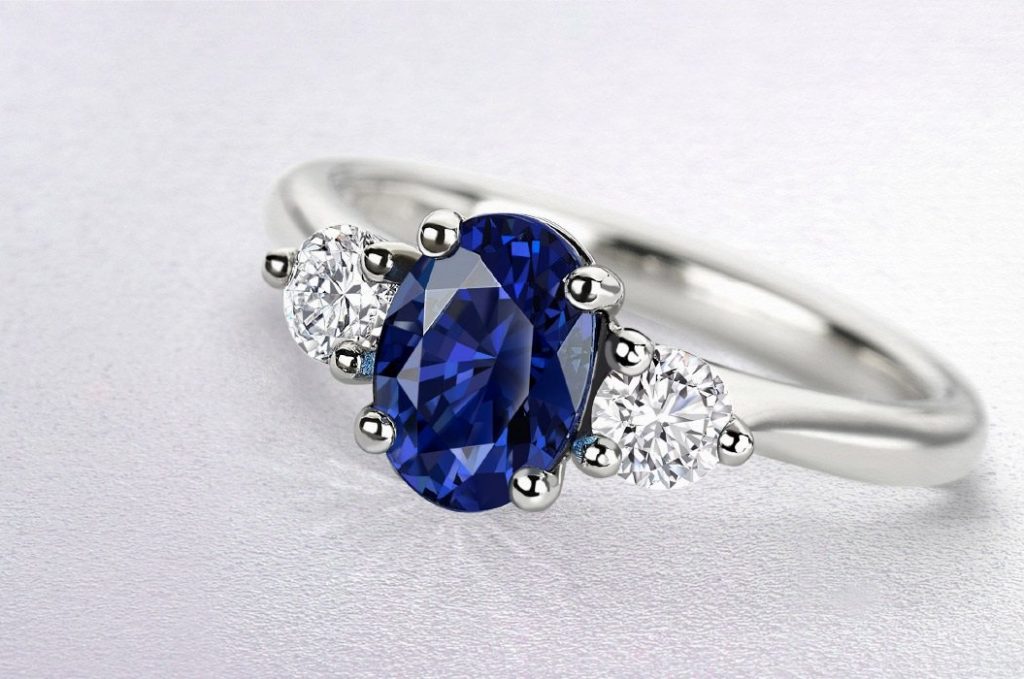How sustainable is Zara and can I shop there with a clean conscience?
I received an email from a jeweller’s today, that talked about all types of engagement rings – ones with a split shank frame like Beyoncé’s “so you’ll be in good company” or a coloured gemstone “like Kate Middleton’s iconic oval blue sapphire”. There was one thing missing from the conversation – where all this beautiful jewellery is sourced from.
When you stop to think about it, it’s missing from a lot of jewellery conversations. Can you say you’ve ever thought about where your jewellery comes from beyond the shop?
Whether you’re looking for an engagement ring for a loved one, a silver bracelet for a friend or a some lovely earrings for your mum – do you stop to consider the real story behind it?
Well, hopefully so – since you’re reading this article. Because, unless you’re explicitly seeking out ethical jewellery, the brutal reality behind your meaningful gift is often one of exploitation.
As one jeweller told us: “If you’re not asking where your jewellery originates from, there’s a high chance you’re funding weapons for terrorists in war-torn countries. Your money could be going to companies who force people to work in mines at gunpoint or knifepoint and abuse children, making them work 10-hour days.”
Here’s how to make sure you’re giving a beautiful gift with a better story…

ETHICAL JEWELLERY: THE LOWDOWN
There is little traceability in precious metals and gemstones and while certifications are better than nothing, they are nowhere near robust enough, according to a report by the Human Rights Watch.
The “hidden cost” report examines the supply chains of the huge brands, such as Boodles and Tiffany and Co. as well as the global corporations behind high-street brands like Ernest Jones and H. Samuel.
It tells the tragic tale of a complex supply chain in which “almost none” of the companies can identify the specific mines where all of their gold and diamonds originate.
This enables companies to distance themselves from the worst of industry practises, including human trafficking and child-labour, keeping workers living below the poverty line and funding war and conflict.
“We didn’t know,” they can cry.
So, legitimately, could you – before reading this article.
The Responsible Jewellery Council (RJC) has positioned itself as a leader for responsible business in the industry. But the report states it “has flawed governance, standards, and certification systems”. Yet, around 1,000 companies use RJC certification to present their gold and diamonds as “responsible.”
According to the report, this is also the reality for the other leading industry standards; the OECD Due Diligence Guidance is “a key standard, poorly implemented” and the Kimberley Process is an “inadequate model” for tracking diamonds.
To be candid, if a jeweller tells you that they have 100 per cent traceability of their diamonds and gemstones they’re either lying or incredibly naive. It’s just not possible – yet.
We wish this article held the simple solution, but the answer is not as clear cut as that diamond you may have your eye on. What we will do is lay out the facts for you, so you can make the decision that best fit your vales.
ETHICAL JEWELLERY: GOLD

Fairtrade gold and Fairmined gold
Fairtrade and Fairmined gold offer pretty similar standards. The essential part being they ensure a better livelihood for the gold miners.
With Fairtrade, the miners are guaranteed 95 per cent of the internationally agreed price (LMBA) of gold, plus a Fairtrade premium per kilogram that’s used to invest in community projects such as building schools, hospitals and creating access to electricity.
Before Fairtrade, the miners were only receiving 60 per cent of the LMBA price for their gold and the average daily wage was just 75p – £1.50.
When the first Fairtrade goldmine was certified in Africa in 2017, Josephine Aguttu, a mine worker from an organisation working towards Fairtrade certification said:
“Before, we didn’t know what the price of gold was, or how we could find out. Now we take our phones out and Google the price. We were silenced by the middlemen, but now we are organised we’re not so easy to manipulate.”
But be aware – gold is a soft metal and so Fairtrade gold is always mixed with other alloy metals to make it more robust.
The alloy mix is also used to change the colour of the gold from traditional yellow, to rose gold or white. There is currently no way of tracing the alloy mix.
The higher the carat, the higher percentage of gold – a 9ct gold ring has 37.5% gold, and an 18 carat gold ring has 75%.
Recycled gold
Some jewellers will give you the option of using recycled gold, silver etc. This sounds like a great solution and, as such, is becoming a lot more common.
But where it costs the same to choose this option as it does to buy Fairtrade Gold, always opt for Fairtrade advises more tahn one jeweller.
All metal is recycled, so reusing old jewellery doesn’t have as big an impact as demanding better mining conditions.
Ethical silver
Silver is a by-product of gold mining, so Fairtrade silver is harder to source.
ETHICAL JEWELLERY: PLATINUM & PALLADIUM
This used to be available to buy as Fairtrade – but isn’t any more due to the small Fairtrade mine getting taken over by larger non-Fairtrade mines around it.
Currently, the best way to buy Platinum or Palladium is recycled from an accredited source such as SCS Global Services in the US.
Palladium is a by-product of platinum mining.

ETHICAL DIAMONDS
It’s been about fourteen years since Leonardo DiCaprio’s Blood Diamond shone the spotlight on the brutality behind the diamond industry. It shattered any illusions about how diamonds are mined with its line: “Sometimes I wonder if God will forgive us for what we’ve done? Then I realise God left this place a long time ago.”
Almost all jewellers will tell you their diamonds are ethically sourced and certified by the Kimberly Process.
Many credible jewellers insists this isn’t worth the paper it is written on.
“This is used, unfortunately, by the industry to try to fool consumers,” one told us.
The best diamonds are probably from Canada, where they have a well-established traceability schemes, such as the Canadian Mark Scheme. All diamonds which are over 0.3 carats are laser inscribed.
This is not viable for smaller diamonds, though.
Other points to note:
While Canadian diamonds offer the highest traceability, the very existence of the mines comes at the expense of local indigenous communities.
Similar to the Fairtrade gold vs. recycled gold argument, some argue that buying diamonds from a developed country doesn’t have as big an impact as demanding better mining conditions in developing countries.
The diamond industry could go someway to solving this issue by improving traceability i.e. by inscribing diamonds where they are mined. However, this risks price stability – and profits – and so is something they are reluctant to do.
Wherever they are from, mining diamonds is an energy intensive and ecologically invasive procedure, affecting fragile ecosystems across the world. An alternative to consider is Lab grown diamonds.
ETHICAL LAB GROWN DIAMONDS
Lab grown diamonds are touted as a victory for the environment, human rights and diamond supply chain transparency.
Lab grown diamonds are classified as type IIA, the most valued and purest form of diamond; less than 2% of the world’s mined diamonds belong to this category.
Leonardo DiCarprio is just one of the high-profile investors in this technology.
They are currently sold for around two-thirds of the price of a conventional diamond.
Although arguably the least harmful we do have to consider what happens to the communities dependent on mining for income if we all go lab-grown.
ETHICAL GEMS: COLOURED GEM STONES: RUBIES, SAPPHIRES, EMERALDS…
These are generally mined in smaller artisanal mines, which can be rife with similar problems to gold.
It’s much harder to trace the source of gem stones. This means means you may be supporting small-scale producers or you may be buying from corrupt mines.
Your decision essentially has to be based on their trust of the jeweller. The best way to build this is to ask lots of questions about how they source their precious metals and stones. A key factor will be if someone from the company has visited the mine and can speak about the experience first-hand.
ETHICAL JEWELLERY: ESTIMATED COSTS
Fairtrade gold costs about four per cent more than non-Fairtrade gold. You can also expect to pay a premium of at least 10% to have it crafted by a UK jeweller, rather than mass-produced in a factory in Asia.
Canadian Diamonds are about 10-15% more expensive than diamonds from mines in other parts of the world.
Lab-grown diamonds are around a third cheaper than all diamonds.
Main image: Ingle & Rhode


